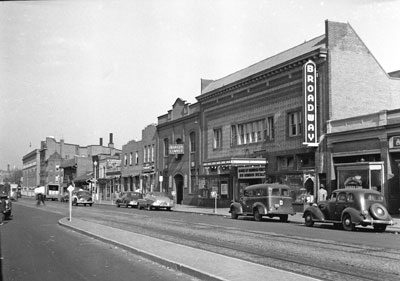Through the rose-colored glasses of USA Today, Jersey City looks fabulous. America’s newspaper ran a feature article describing how the Hudson County city-long before “The Sopranos,” the butt of a thousand Jersey jokes and synonymous with everything that ails urban America-has undergone an extreme makeover. Only problem is, the city on the page bears little resemblance to reality.
The article, “Model of Urban Future,” reports that the hometown of Boss Frank Hague has “come back as its own antithesis: clean, green, and growing.” Touting a spate of gleaming new office towers, expensive condos, and an influx of young professionals, USAT buries a raft of inconvenient truths such as a legacy of political corruption, polluted land, failed schools, and the fact that 19 percent of residents live below the poverty line, as opposed to 9 percent statewide and 12 percent nationally. Not until the 39th paragraph (out of 42) do we meet an unemployed security guard who laments, “We see buildings going up, but it doesn’t do us any good.” Looks like the town where the dead vote now boasts phantom revitalization.



Comments